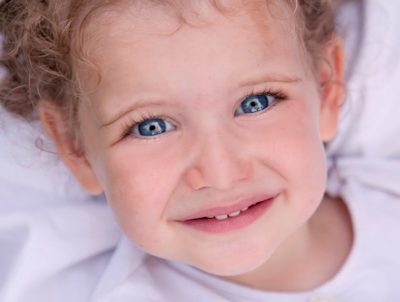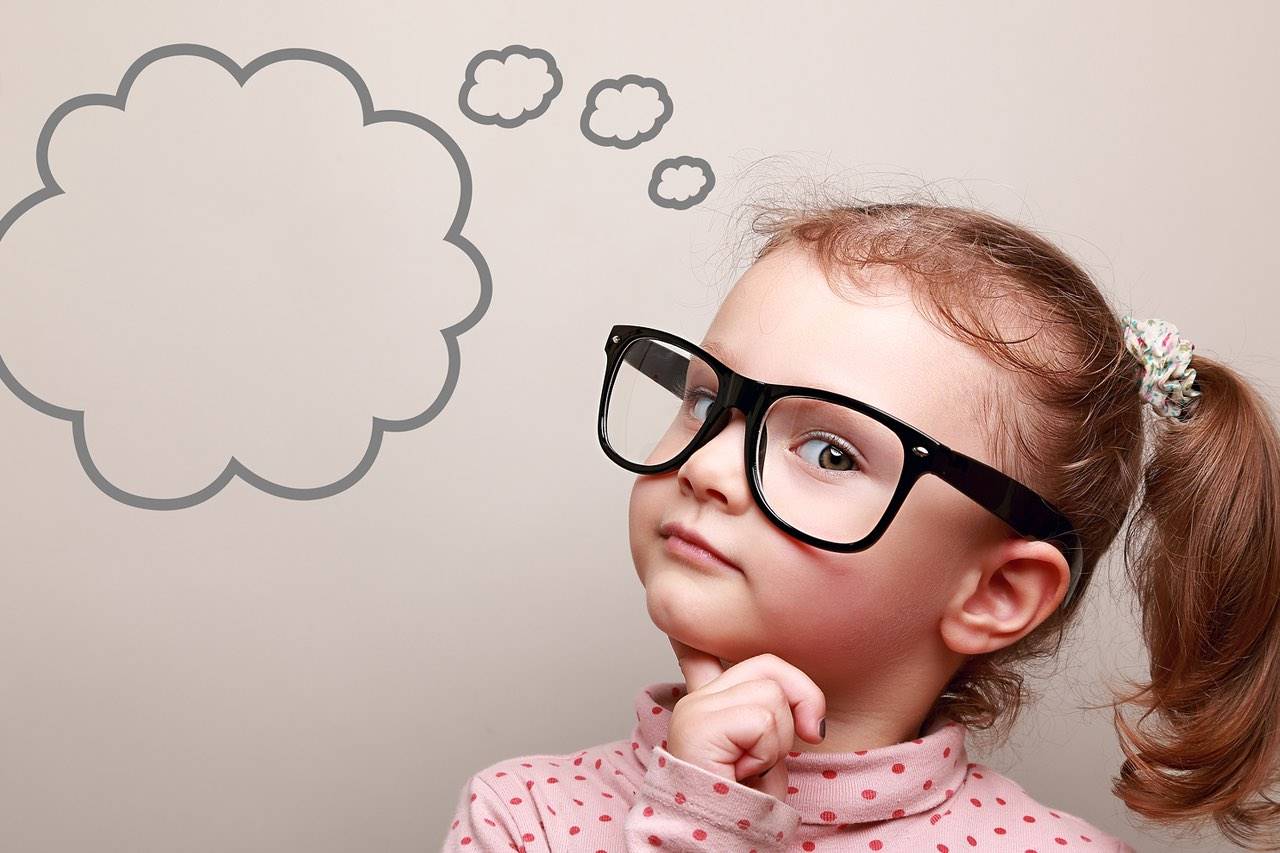Why They Are Critical, When to Schedule Them and What to Expect

Did you know that regular pediatric eye exams are one of the best ways to help your child succeed in school? According to expert estimates, 1 out of every 10 preschool children has a vision condition. Once kids enter school, that number jumps to 1 out of every 4 children! Keep in mind that about 80% of what’s taught in school is communicated through visual tools. An undetected visual disorder, therefore, compromises your child’s ability to learn and develop properly.
At Family Optometric Group, our optometrists welcome kids of all ages to come in and benefit from our personalized, comprehensive eye exams. Dr. Thomas Holden and Dr. Lisa Knapp are experienced in performing gentle and thorough evaluations of your child’s vision and eye health – and we treat all of our patients with a smile! It’s important to us that kids have a pleasant, comfortable experience in our Oxnard, CA, office.
Many visual skills are necessary for learning, and we will examine the full range of your child’s vision system, including eye-hand coordination, eye teaming, eye mobility, peripheral awareness, and near and far visual acuity. If we diagnose an eyesight problem, we’ll work with you and your child to correct it. With total eye care services for kids in Ventura County, contact us to schedule an appointment for a pediatric eye exam today!
When to Schedule Kids’ Eye Exams
According to the American Optometric Association (AOA), routine exams should follow this schedule:
- First complete eye evaluation is done at six months of age
- Second exam should be performed at 3 years old
- Third eye exam is done before entering school, at 5 to 6 years old. (Note that some states require a kids eye exam before starting school.)
If your child doesn’t need eyeglasses or vision correction, then the AOA recommends follow-up exams every 2 years for school-aged kids. If your child does require eyeglasses or contact lenses, then yearly pediatric eye examinations are strongly advised.
What to Expect at an Eye Exam for Children
Our warm and friendly eye doctors, Dr. Holden and Dr. Knapp, will greet you and your child and start with some medical history questions. It’s important to share with us any information about allergies, current medications, and family eye diseases. We also want to know if you have any concerns or specific questions about your child’s vision.
The particular testing procedures that we’ll perform during a kids’ eye evaluation in our Oxnard office are customized to match your child’s age and stage of development.
Infants:
 We’ll use some of the following techniques to inspect for normal development of the visual system in babies:
We’ll use some of the following techniques to inspect for normal development of the visual system in babies:
- Pupil response – used to assess how pupils open and close, we will shine a light in your baby’s eyes
- Preferential looking- cards printed with various patterns and stripes will be shown to your infant to observe their attention and gaze
- Fixation testing- a skill generally developed by 3 months of age, your baby should be able to fixate on an object and follow it
Preschool children:
Parents are often concerned about how we can check vision if their child isn’t able to read letters and numbers yet. Even if your child doesn’t know the alphabet, our optometrists can use a variety of diagnostic tests to assess eyesight.
- LEA symbols- easily recognizable pictures and shapes are used instead of standard eye charts; your kid will be asked for feedback about which images are seen clearly
- Retinoscopy- a strong light is shined into your child’s eyes to assess how it reflects off the retina; this gives us important information about refractive error and the need for vision correction
- Random dot stereopsis- dot patterns are displayed to your kid to observe how the eyes function and work together for good vision
School-aged children:
The main parts of a complete eye exam at this age include:
- Visual acuity tests: optometric equipment and eye charts will be used to detect or rule out astigmatism, nearsightedness or farsightedness
- An evaluation of eye alignment
- Ocular health will be checked by inspecting the retina with a high-powered lens
Vision Problems Commonly Diagnosed in Kids
There are a number of different vision conditions that we look out for during our complete pediatric eye exam at Family Optometric Group, in Oxnard, CA. The most usual diagnoses found in kids are nearsightedness, farsightedness, and astigmatism. Other vision disorders include:
Amblyopia, known by many as a “lazy eye”. Treatment generally involves patching the dominant eye.
Strabismus, characterized by a weakness or misalignment of the eye muscles. Surgery may be advised.
Eye teaming/binocularity problems, which affects coordination and depth perception.
Accommodation difficulty, trouble with focusing on close tasks that can make reading into a challenge.
Convergence insufficiency, eye alignment is weak and close-up tasks are hard. Vision therapy and eye exercises are generally recommended.
Once your kid’s eye exam is completed, we will consult with you to discuss all of our findings. Together, we’ll determine the best course of treatment or therapy to keep your child’s vision in tip-top shape!

*We are closed from 12-1 for lunch.